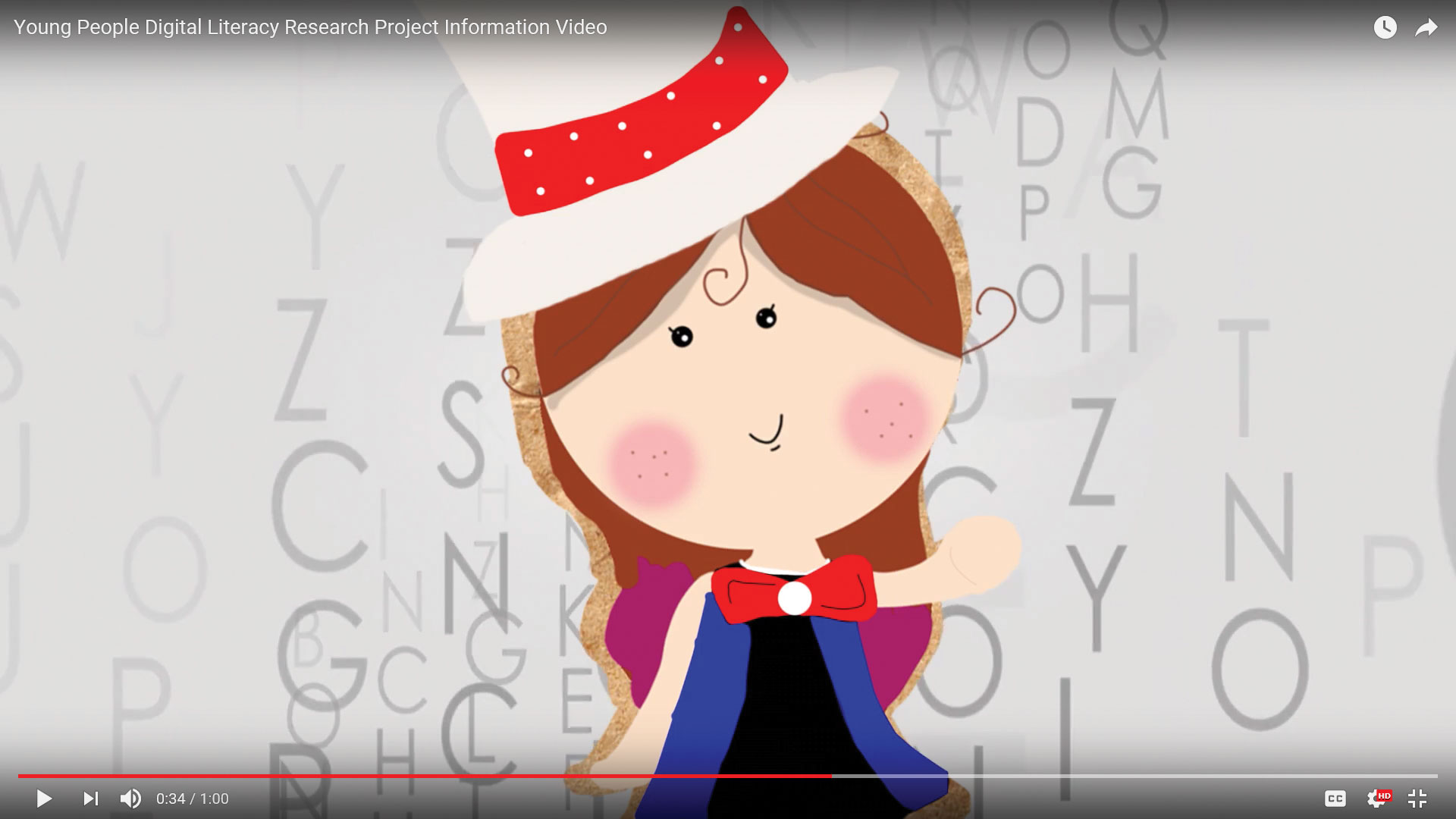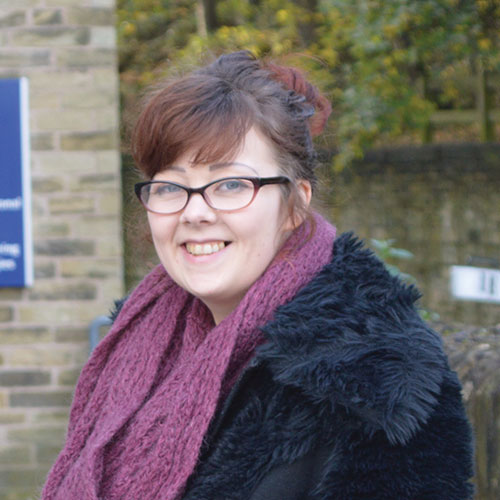
Informed consent in children's participatory research - a creative approach

Charlotte Oliver
Postgraduate Researcher, HudCRES
When researching with children and young people (rather than adults) it is just as, if not more, important to ensure those participating are fully informed about the research before they consent to take part.
A common method of informing research participants about the themes, topics and data collection processes involves written information sheets that follow a structure based on a template provided by the researcher’s institution or organisation. Although these templates offer support and guidance to the researcher, saving time and ensuring all relevant details are included, having only a written information sheet that uses academic language may not be truly accessible for all participants.
Within education it is accepted that learning styles vary for people of all ages and abilities, for example some prefer information to be presented audibly, others visually and others prefer kinaesthetic means of knowledge acquisition. To ensure participants have a greater opportunity to fully comprehend and contextualise their involvement in the research process, I suggest these learning styles should be considered and a multimodal (Powell, 2016) approach adopted, when presenting information to participants and any other relevant parties.
For my upcoming work with young people aged 11-12 years, I felt it necessary to devise something more than the usual text-based information sheet.
Using YouTube
After research into young people’s methods for acquiring knowledge it became apparent that YouTube is a popular platform used by young people to watch informative video content, (Ofcom, 2016). I decided to make a video that could be uploaded to YouTube explaining briefly the research ideas that could be shown to the young people, parents, teachers and any other stakeholders as an accessible introduction to the research intentions.
Once I had decided to make a video the next step was to decide on what type of video to create. Based on my own technical ability I could have created a PowerPoint presentation to upload, or filmed a crude vertical clip of myself talking using my smartphone. Whilst they might have done the job in terms of delivering information visually and verbally, it is unlikely they would have been particularly engaging. In 2018, even with user-generated content, the standard of video production is above the basic selfie-mode camera in a poorly lit room set up. Audiences have come to expect a level of professional quality from their online videos. Even my grandmother’s latest addition of Which? Magazine gives hints and tips on creating online video content, (Which?, 2018). Obviously, I could put these suggestions to the test to create a semi-professional video, using one of the many apps or websites online to edit the footage.
It would still have taken time to create something fit for purpose, by which I mean not 'naff', something that would be of professional quality, but also engaging for young people. Luckily, I am in the fortunate position to be living with a talented animator Georgina Connolly and a sound technician/ film making expert Mark Morgan. This talented duo have expert knowledge of creating digital videos and have all of the relevant high spec technology available to them to create something far superior than I could have achieved alone. We got together to discuss the research design needs and their ideas.
Originally, we talked about the idea of a ‘vlog’ type set up, with myself chatting to the camera. Although this would have introduced me personally to the young people, we felt it would have been a little boring just watching me talk for 3 minutes in front of a plain background. We did discuss the use of a green screen or setting up a small studio, but this would have meant a lot of setting up and editing time. We needed to consider lighting, time of day we were filming, continuity, set design and there would have been pressure on myself to 'perform on camera'.
In the end we decided on a 2D animation, Georgina already had access to the Adobe After Effects software so was able to get to work almost instantly. I provided her with a rough story-board idea and a short script I had devised. As Georgina was working on the animation myself and Mark recorded the voice over. Using a specialist microphone, Mark was able to set up a recording area in our spare room ensuring high quality sound with minimal background noise. After two takes I was happy with the results and we passed them on to Georgina to upload to the animation. It took about a week for Georgina to create the animation whilst she was also working on her own project for her MA at Salford University. She updated me on progress and we discussed the animation frame by frame. We also decided that as well as my voice, adding music to the video would be uplifting. Using YouTube’s own feature for royalty free music, we chose a piece that we felt fitting for the tone of the video. Georgina then put the animation through a rendering process and it was ready to upload to my academic YouTube account
The video can be viewed in the classroom, on young peoples’ personal devices, at home and whilst out and about. Parents and teachers can also access it.
Although the video is only an overview of my research and will still be accompanied by a written information sheet and verbal introduction that will go into more detail regarding data collection, confidentiality and right to withdraw, hopefully it will create a strong foundation knowledge of the purpose and reason for asking them to agree to take part in the research. Young people will have the ability to watch the video as many times as they like, prior to agreeing to take part in the research, as well as during the research process. They will be able to watch it with peers, adults and on their own without the immediate pressure to consent to taking part. They will have time to think and evaluate their participation in this project and will also be able to hold me to account if at any point during the research they do not believe I am meeting the expectations described in the video.
Securing and maintaining children's consent to take part in research is an essential part of an ongoing process where participation is negotiated, revisited and contextualised.
The aim of this technique is to effectively inform the young people about my intentions as a researcher, and to hopefully engage the young people from the beginning of the project by showing them I am acting inclusively and with respect for their learning preferences. Of course, having an expert team available to help you create a professional level video is not always an option, but I think being aware of alternative methods of information transfer must be considered, particularly for traditionally marginalised participant. Thinking and working inclusively is important when conducting ethically, sound socially just, academic research.
To keep up to date with my research you can follow me on twitter @charlote_o89 or all other platforms @thedyslexicacademic